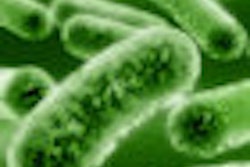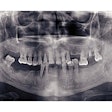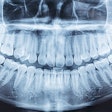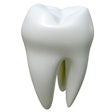In a step toward using human saliva to tell whether stiff joints, memory lapses, and other telltale signs of aging are normal or red flags for disease, scientists are studying how the protein content of women's saliva change with advancing age.
The discovery could lead to a simple, noninvasive test for better diagnosing and treating certain age-related diseases -- including lupus, Sjögrens syndrome, and other immune-related disorders -- in women, according to an article in the American Chemical Society's Journal of Proteome Research (November 2009, Vol. 8:11, p. 4886). These diseases affect millions of women worldwide, often at higher rates than in men.
Researchers are seeking ways to use saliva proteins as molecular "fingerprints" to develop quick diagnostic tests that provide an alternative to the needle sticks currently needed for blood tests. To do that, they need detailed information on how normal aging affects these proteins.
This prompted John Yates and colleagues from the University of Rochester Medical Center and Scripps Research Institute to analyze saliva proteins in healthy women aged 20-30 and 55-65. They identified 293 proteins that differed between the two age groups, with most involved in the immune system's defenses against infection. Older women had almost twice as many immune-related proteins than younger women, they found.
The results suggest that "it is critical to take into consideration these normal differences in protein expression when searching for clinically relevant, disease-specific biomarkers," the researchers concluded.


















